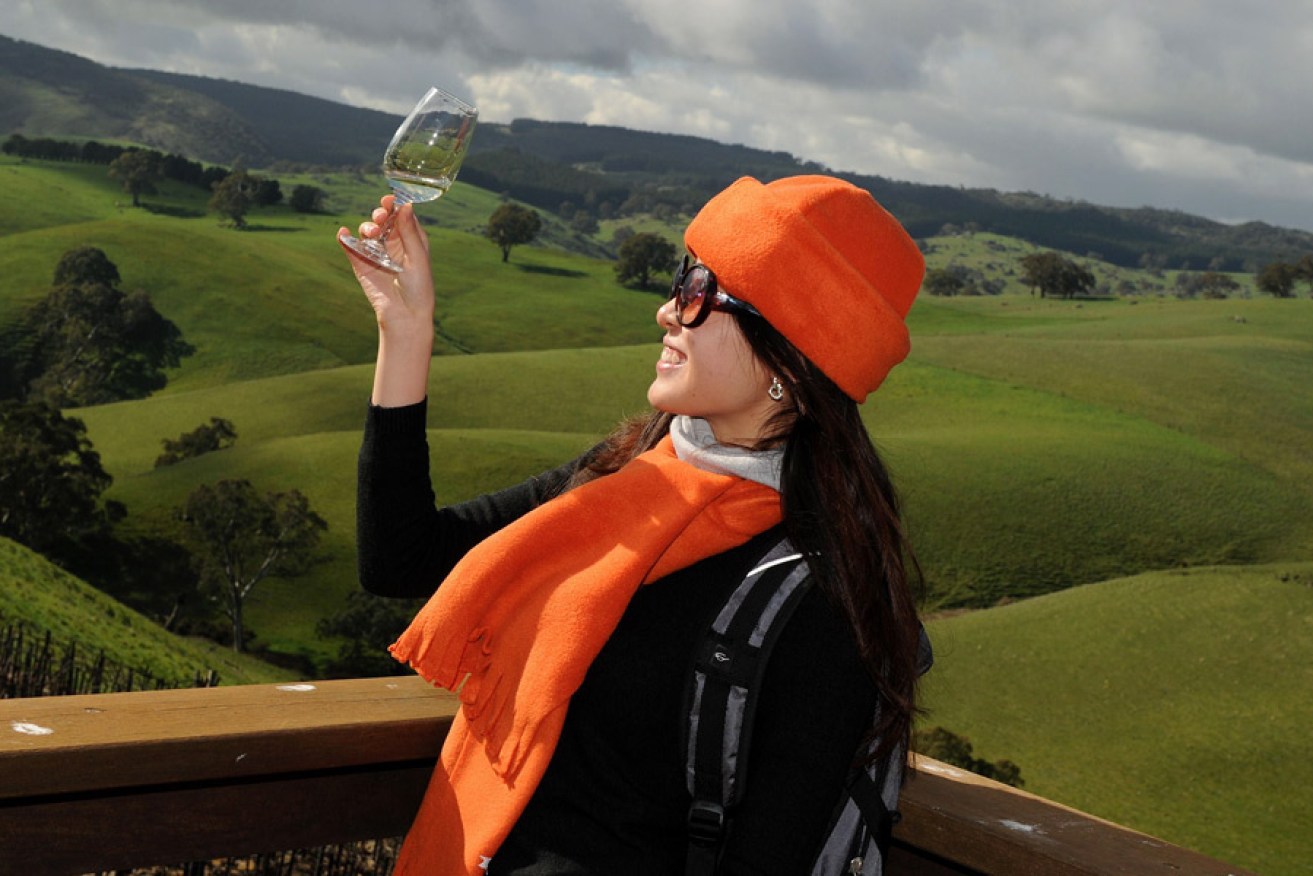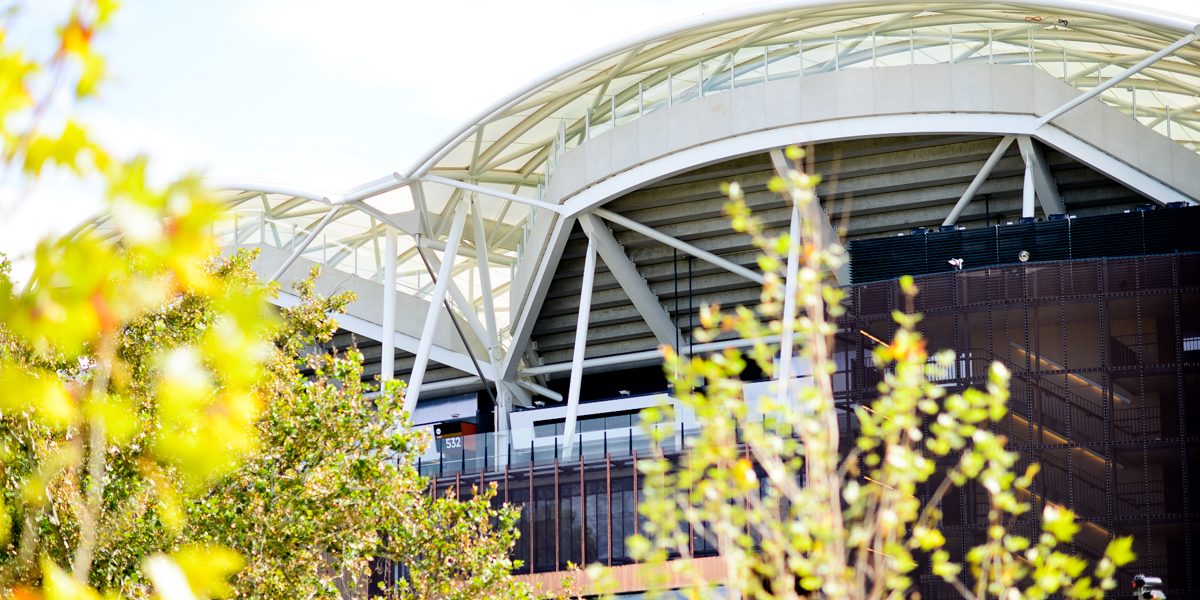Encouraging visitors to South Australia to venture beyond Adelaide, and ensuring the state is associated with more than just wine, are among key challenges faced by the tourism industry.
Speakers at an SA Tourism Industry Council tourism conference in the city yesterday described tourism as a “super-growth” sector benefitting from the rapidly expanding Asian economies.
Australians are also travelling overseas much more – but the flipside is that domestic tourism is flat, with the number of interstate visitors to South Australia slightly down in previous years.
Justin Marshall, of Tourism Research Australia, told the conference the trend across the country was for domestic travellers to fly to their destination rather than drive, and to opt for short stays of just two or three nights.
“What this means is that we have a situation for domestic travel where some destinations are favoured and some circumstances are more challenging.
“The sorts of regions which are finding it challenging are your more remote destinations because it takes longer to get there and to come back … and also your coastal destinations, which compete with outbound tourism.”
Adam Stanford, strategy and insights manager at the SA Tourism Commission (SATC), said that 10 years ago, two-thirds of all domestic visitors to South Australia arrived by car, whereas now two-thirds arrive by plane – and their trips are more “Adelaide-centric”.
The redevelopment of the Adelaide Oval had led to an increase in hotel occupancy in the CBD on game nights from 71 per cent in 2013 to 82 per cent in 2014, with further growth again this year, he said. CBD hotel occupancy rates were also well up during “Mad March” in 2015.
“Growth is concentrated in Adelaide at the moment, so the challenge is: How do we leverage that growth of a strong Adelaide into also ensuring strong regional areas?” Stanford said.
Another industry goal is to raise awareness of South Australia’s broad range of attractions and attributes, SATC director of marketing and communications Emma Nicholls told delegates at the Crowne Plaza.
Perhaps not surprisingly, research has shown that people living interstate most strongly associate South Australia with wine. In fact, for many, wine and food are the only things they think about when they think about the state.
Victoria, however, is known for food and wine, road trips, festivals, arts and culture, and river-based experiences.
“Our job is to make sure we are associated with much more than just wine,” Nicholls said.
“Obviously, great food and wine is really important … but we need to build other attributes to make sure people are thinking about South Australia as a holiday destination.”
Justin Marshall said the future of the Australian tourism industry was bright, with the Asian economies driving strong growth in international visitor numbers.
China is leading the way, with a 156 per cent increase in the number of Chinese visitors to Australia since 2006. The India, Malaysia, Indonesia and Singapore markets were also growing quickly, Marshall said.
“The pleasing thing for South Australia is that you’re getting more than your fair share of that growth from those growth markets.
“Here in SA, you had 161 per cent growth in those markets over the same period. You’re punching well above your weight in that area.”
Nationally, visitor numbers from leading traditional markets – New Zealand, the UK, United States, Canada and France – are also bouncing back after the global financial crisis, although the numbers aren’t so positive for South Australia.
Tourism Australia’s Leigh Sorenson said his organisation was seeking to capitalise on the tourism growth opportunities by converting people’s desire to visit Australia into actual travel – “getting it off the bucket list and onto ‘I’m going to do it now’.”
“We’ve got incredible aquatic wildlife experiences and I think we’ve underdone them in recent years so we want to put a spotlight on them.”
He said that while Australia’s greatest opportunity for international promotion was its food and wine experiences, its biggest strength was its world-class nature and beauty, with international visitors specifically seeking coastal and aquatic experiences.
“But when we look around the world, we’ve certainly lost ground in that space to our competitors.
“So what does that mean? It’s about our beaches, it’s about our islands, it’s about the Great Barrier Reef, it’s about the fantastic wildlife experiences that we’ve got here in Australia, whether that’s whales, whether that’s sharks, penguins or seals. We’ve got incredible aquatic wildlife experiences and I think we’ve underdone them in recent years so we want to put a spotlight on them.”
Work is currently underway in South Australia on a draft nature tourism action plan which will seek to boost tourism based around national parks, reserves and waterways.
Stanford said that in SA, international tourism was forecast to grow the fastest, followed by interstate and then intrastate.
He said the industry would need to focus on increasing visitor numbers from each of these areas to reach the State Government’s targets of an $8 billion tourism industry by 2020 with 10,000 extra jobs.
“We need market share gains across everything to achieve that. They are ambitious, ambitious potentials we are talking to there.”






